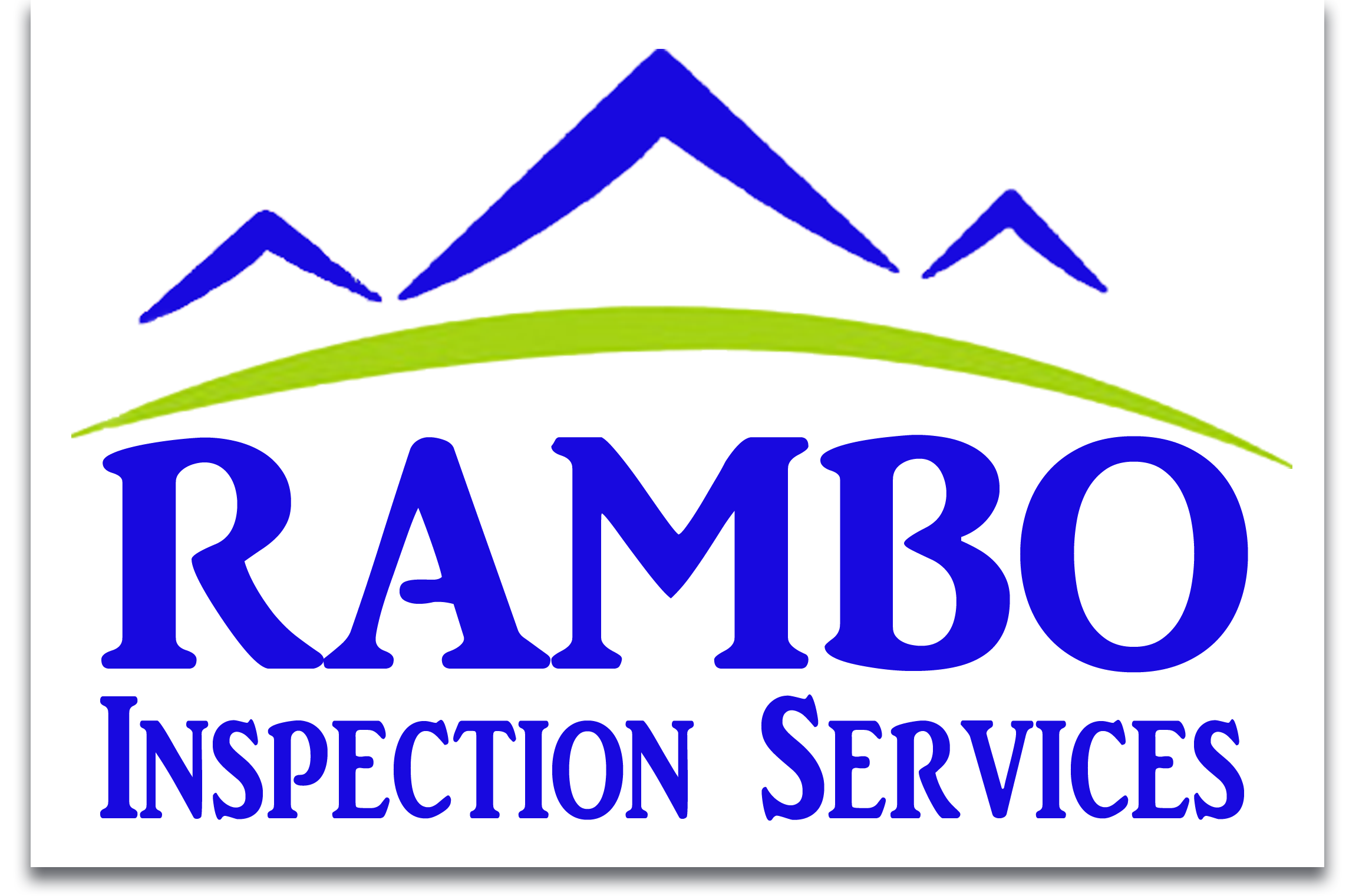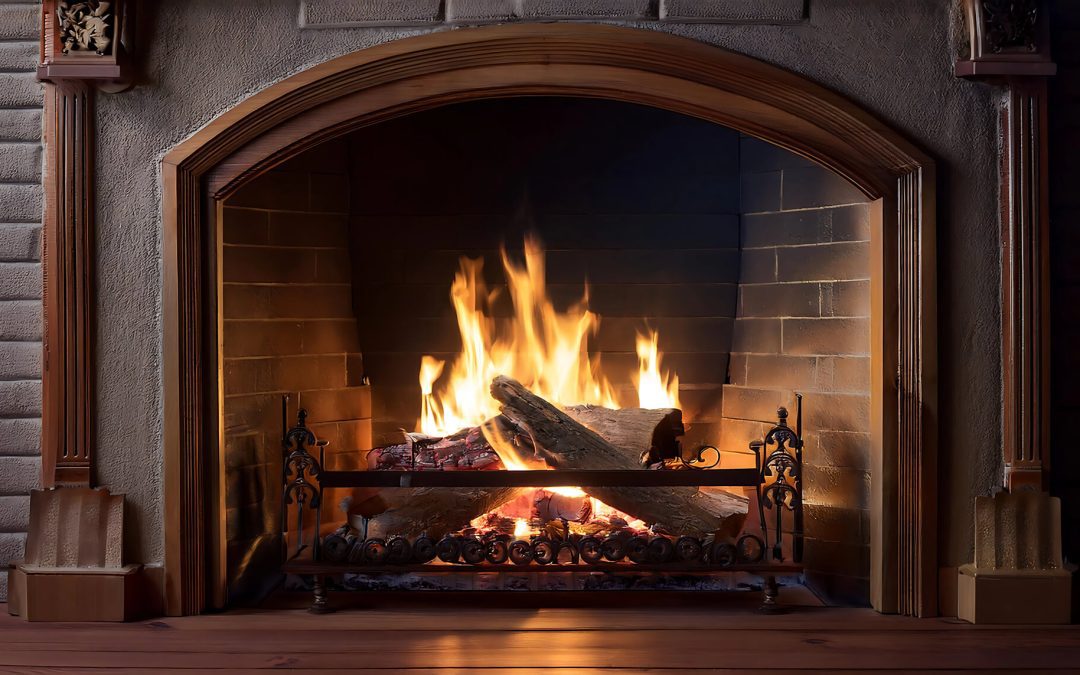A fireplace is one of the coziest features in any home, especially during the colder months. But to keep it functioning properly and looking great, regular cleaning is essential. If your fireplace is starting to look a little worse for wear or you’re noticing a buildup of ash and soot, it’s time to clean your fireplace. Don’t worry—with the right approach, it’s easier than you think.
Step 1: Gather Your Supplies
Before diving in, ensure you have everything you need on hand. This includes a fireplace shovel, a stiff-bristled brush, a vacuum cleaner with a hose attachment, a bucket, warm water, dish soap, white vinegar, gloves, and old newspapers or a tarp to protect your floors. Safety goggles and a dust mask are also good ideas if you’re dealing with a lot of soot.
Step 2: Prepare to Clean Your Fireplace
Start by ensuring the fireplace is completely cool. It’s safest to wait at least 24 hours after your last fire. Using your fireplace shovel, remove leftover logs, ashes, and debris. Place the ashes in a metal bucket for disposal, as they can sometimes retain heat longer than expected.
Lay down newspapers or a tarp to catch any debris while you clean. This will save you a lot of effort during the cleanup process.
Step 3: Clean the Firebox
The firebox, where the fire burns, often sees the most buildup. Use a stiff-bristled brush to scrub the walls and floor of the firebox to loosen soot and creosote. For stubborn spots, mix warm water with a bit of dish soap or vinegar, dip your brush into the solution, and scrub away. A paste made from baking soda and water can also work wonders on tough grime.
Once you’ve scrubbed everything down, vacuum up any loose debris with your hose attachment. Be sure to empty your vacuum filter afterward, as the fine soot can clog it.
Step 4: Tackle the Glass Doors
If your fireplace has glass doors, they’re probably streaked with soot and smoke residue. A simple DIY solution is to use the ashes from your fireplace. Dampen a piece of newspaper, dip it into the ashes, and gently scrub the glass in a circular motion. The fine grit of the ash acts as a natural abrasive. Finish by wiping the glass with a damp cloth and drying it with a clean, dry towel.
If the ash method isn’t your style, a commercial fireplace glass cleaner or a mixture of vinegar and water can also do the trick. Just avoid harsh chemicals like ammonia, which can damage the glass.
Step 5: Clean the Surround and Hearth
The area around your fireplace, including the hearth, can collect dust and grime over time. If your fireplace surround is made of brick, stone, or tile, use a stiff brush and a mild cleaning solution to scrub away dirt. For wood mantels, a soft cloth and gentle wood cleaner will suffice. Avoid using excessive water on porous materials like brick, as it can cause staining.
Step 6: Check the Chimney When You Clean Your Fireplace
While you can clean most parts of the fireplace yourself, the chimney is best left to the professionals. Creosote buildup in the chimney can become a fire hazard, so it’s crucial to have it inspected and cleaned at least once a year. A certified chimney sweep will ensure your chimney is safe and free of blockages.
Tips for Maintenance
To keep your fireplace cleaner for longer, always burn seasoned hardwoods, such as oak or maple, as they produce less creosote and soot than softwoods or unseasoned wood. Avoid burning trash, treated wood, or glossy paper, as these can release harmful chemicals and create more soot.
Empty the ash regularly, but leave a thin layer at the bottom of the firebox to help insulate future fires. A fireplace grate can also help improve airflow and reduce soot buildup.
By following these steps and tips, your fireplace will stay clean, safe, and ready to keep your home warm and inviting.
FAQs on How to Clean Your Fireplace
How often should I clean my fireplace?
You should thoroughly clean your fireplace at least once a year, ideally before the start of the colder season. You may need to clean your fireplace more often if you use it heavily.
Can I clean my chimney myself?
Cleaning a chimney is a tricky and potentially dangerous job. It’s best to hire a certified chimney sweep to ensure the job is done safely and correctly.
What’s the easiest way to dispose of ashes?
Always place ashes in a metal container and keep them away from flammable materials. Even if they feel cool, they can retain heat for days and potentially start a fire.
What should I do if I notice a strong odor coming from my fireplace?
A strong smell could indicate creosote buildup or trapped moisture. In this case, schedule a professional chimney inspection to address the issue.
Can I use regular household cleaners on my fireplace?
It’s better to stick to mild cleaners like dish soap, vinegar, or specialized fireplace cleaning products. Harsh chemicals can damage certain materials or leave behind harmful residues.
Rambo Inspection Services offers home inspections to customers in the Chicagoland area. If you’re buying or selling a home, contact us to schedule our services.

